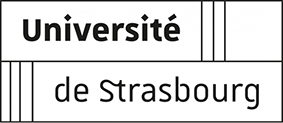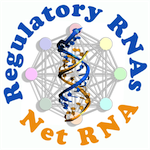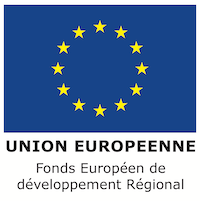Team: RNA degradation
Team leaders: Dominique GAGLIARDI & Hélène ZUBER
PhD supervisors: Dominique GAGLIARDI & Hélène ZUBER
Emails: dominique.gagliardi@ibmp-cnrs.unistra.fr & helene.zuber@ibmp-cnrs.unistra.fr
Polyadenylation is crucial for the stability and translation of eukaryotic mRNAs. The recent advent of Nanopore sequencing has revealed an unsuspected complexity in mRNA poly(A) tail distribution profiles. Our latest gene-to-gene analyses showed strong disparities in poly(A) tail profiles between different ontological classes of mRNAs in Arabidopsis, but also for mRNAs belonging to the same ontological class. This new layer of post-transcriptional gene regulation is essentially unexplored.
The objective of this thesis project is the functional characterization of genetic determinants conferring specific poly(A) tail distributions. One such determinant has already been identified by the team and will be further characterized by the student. Machine learning tools will also be deployed to identify new genetic determinants. Once identified, the mechanisms underlying their function will be elucidated. Affinity purification and mass spectrometry analyses will allow the identification of trans factors recognizing the genetic determinants. Interfering with the expression of such trans factors, as well as mutating the genetic determinants, will then be used to study their impact on mRNA stability, translation and localization.
This project will allow major advances in understanding connections between gene expression and regulation of mRNA poly(A) tail sizes. The student will acquire theoretical and practical knowledge about mRNA metabolism, reverse genetics, mass spectrometry and Nanopore sequencing, and will develop associated bioinformatic skills.
Keywords: Polyadenylation; mRNA; RNA degradation; translation; Nanopore sequencing; mass spectrometry
Relevant publications:
– Giraudo P, Simonnot Q, Pflieger D, Peter J, Gagliardi D, Zuber H (2024) Nano3’RACE: A Method to Analyze Poly(A) Tail Length and Nucleotide Additions at the 3′ Extremity of Selected mRNAs Using Nanopore Sequencing. Methods in Molecular Biology. 2723: 233-252, doi: 10.1007/978-1-0716-3481-3_14
– Joly AC, Garcia S, Hily J-M, Koechler S, Demangeat G, Garcia D, Vigne E, Lemaire O, Zuber H, Gagliardi D (2023) An extensive survey of phytoviral RNA 3′ uridylation identifies extreme variations and virus-specific patterns. Plant Physiology 193(1):271-290, doi: 10.1093/plphys/kiad278
– Scheer H, de Almeida C, Ferrier E, Simonnot Q, Poirier L, Pflieger D, Sement FM, Koechler S, Piermaria C, Krawczyk P, Mroczek S, Chicher J, Kuhn L, Dziembowski A, Hammann P, Zuber H and Gagliardi D (2021) The TUTase URT1 connects decapping activators and prevents the accumulation of excessively deadenylated mRNAs to avoid siRNA biogenesis. Nature Communications. 12: 1298. doi: 10.1038/s41467-021-21382-2
Financial support of this subject is guaranteed by the Research Cluster / LabEx NetRN
Why Choose IBMP?
- State-of-the-art facilities in molecular biology, genomics, and imaging.
- A vibrant international community of researchers.
- Opportunities to address global challenges in plant science, from climate change to food security.
📅 Application Deadline: January 2025
🌐 More Details and How to Apply: https://imcbio-phdprogram.unistra.fr
Join us at IBMP and shape the future of plant science!















